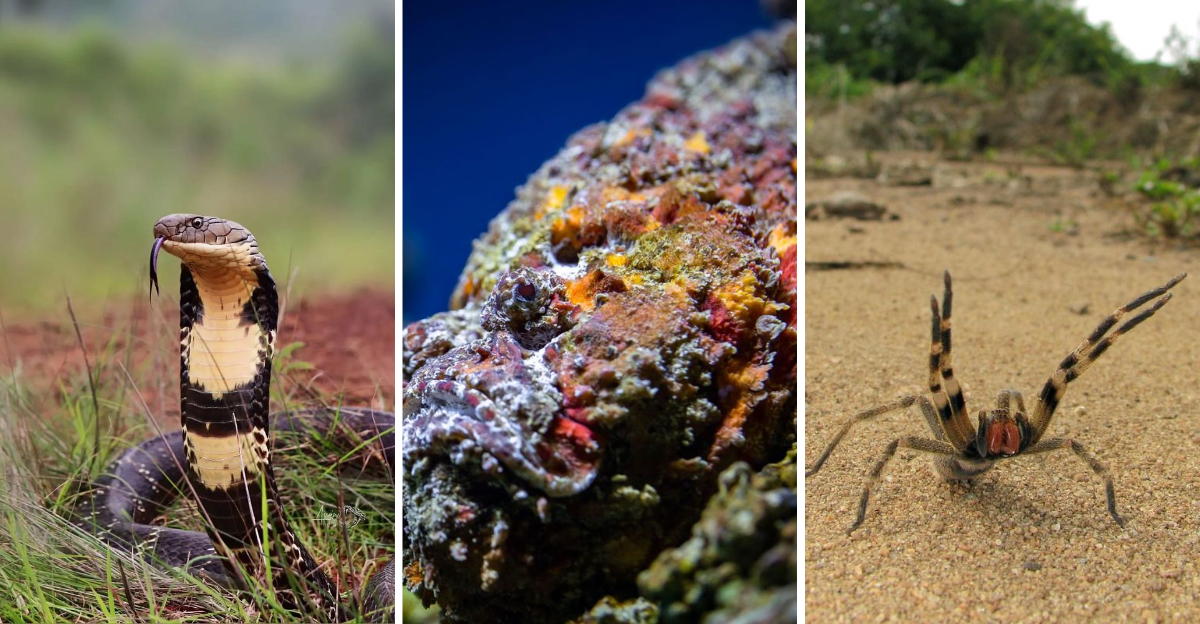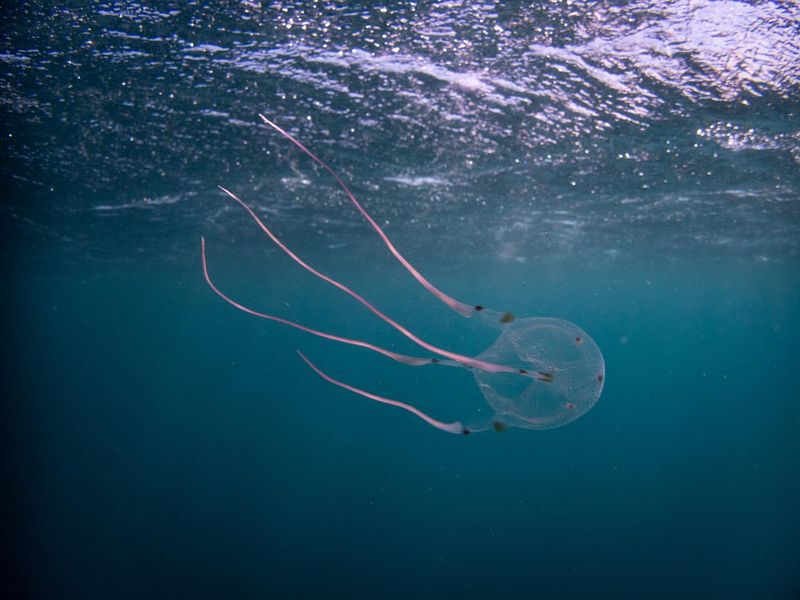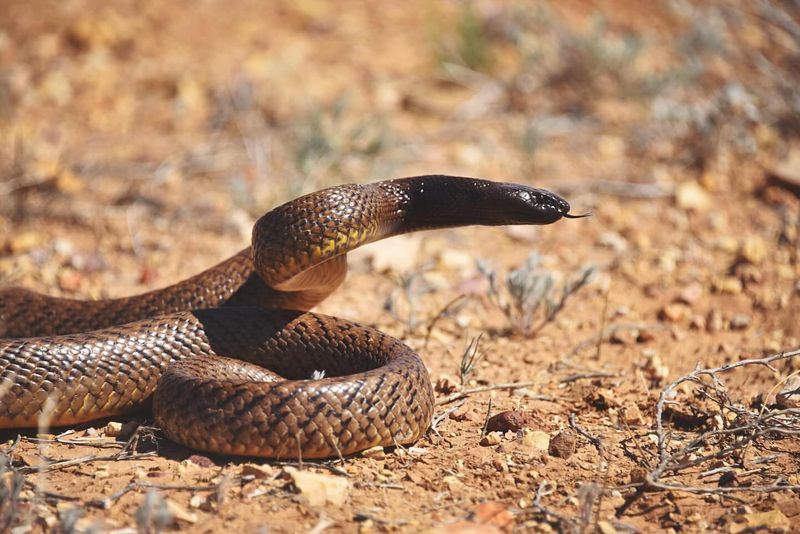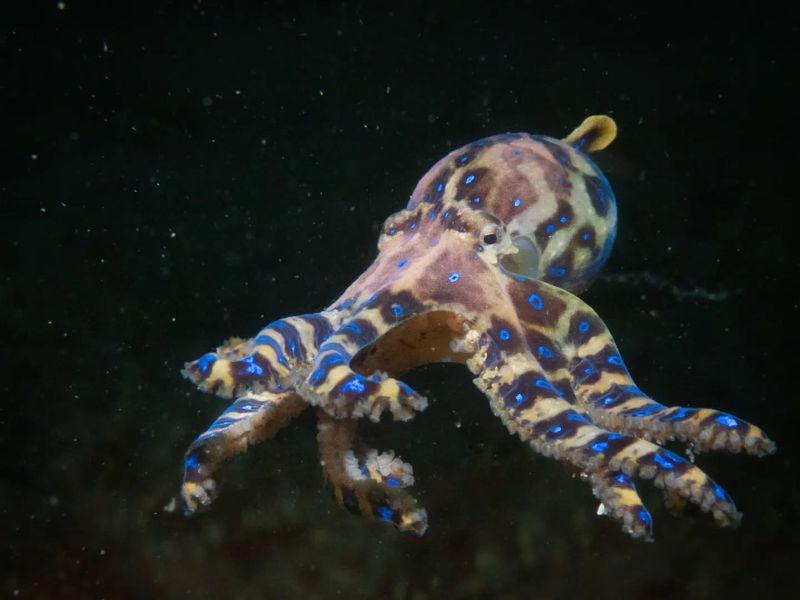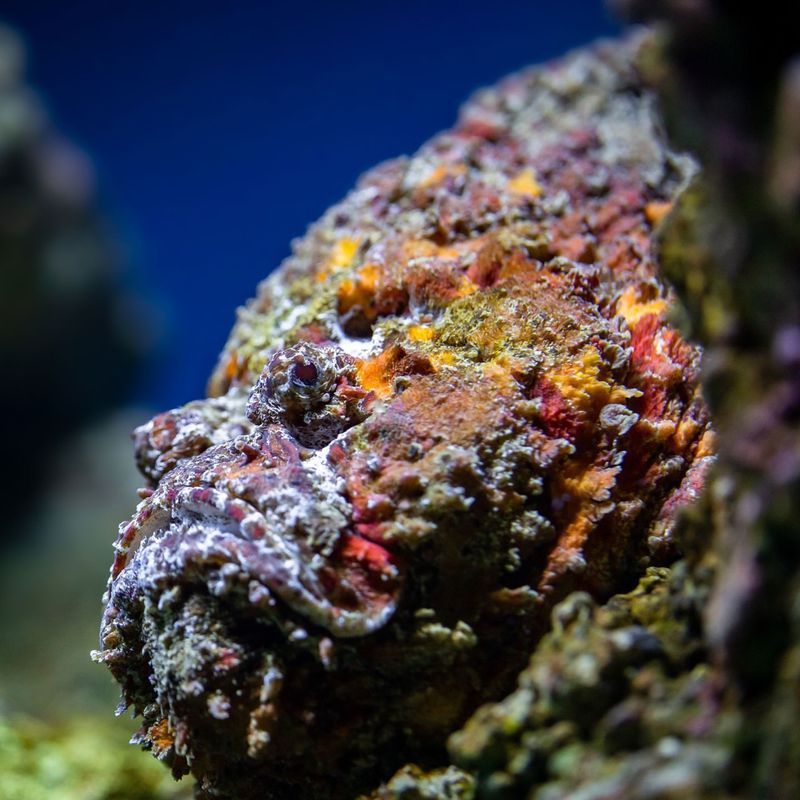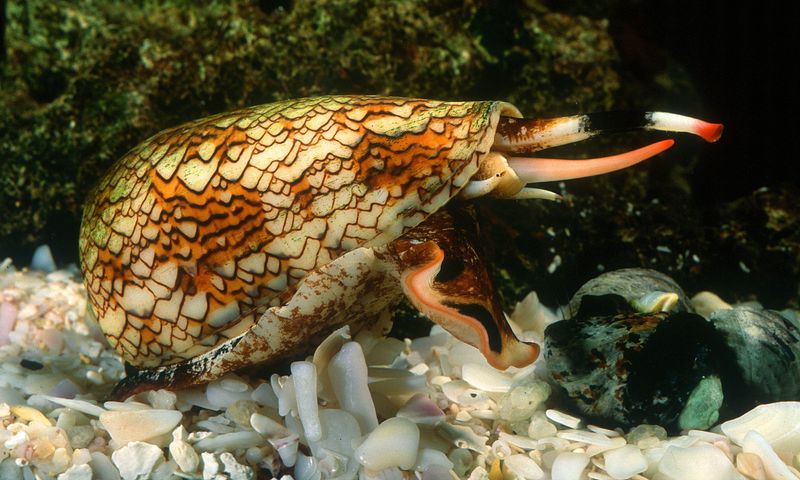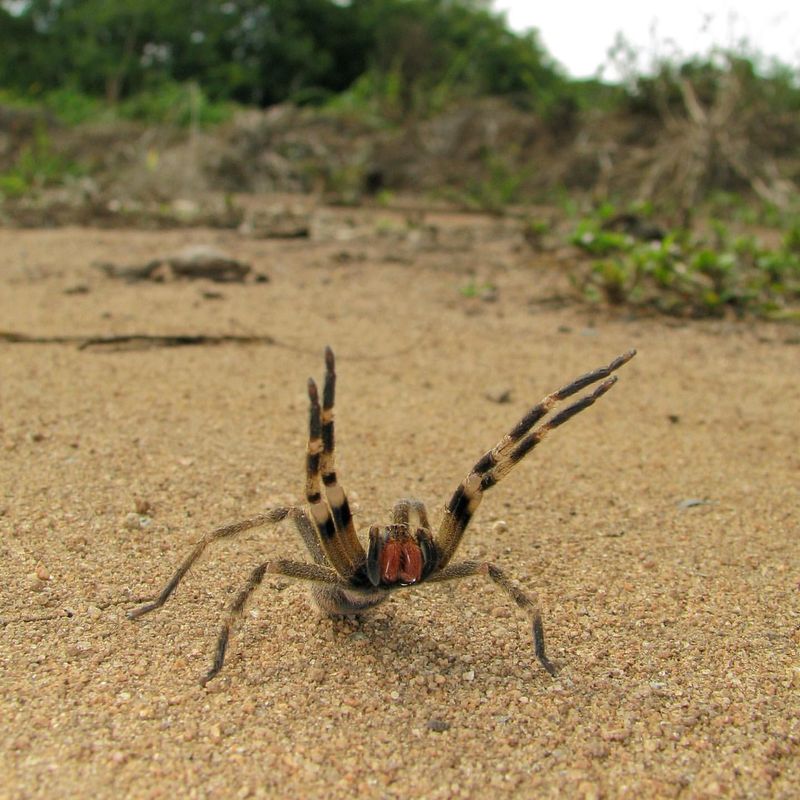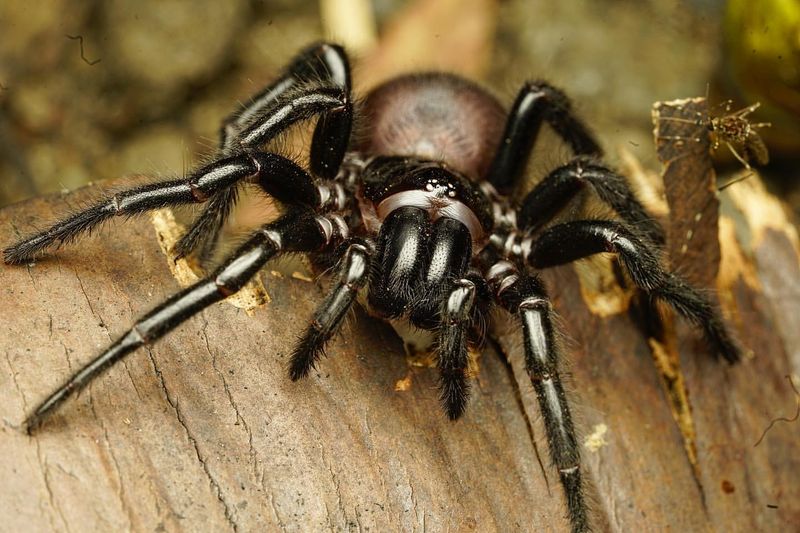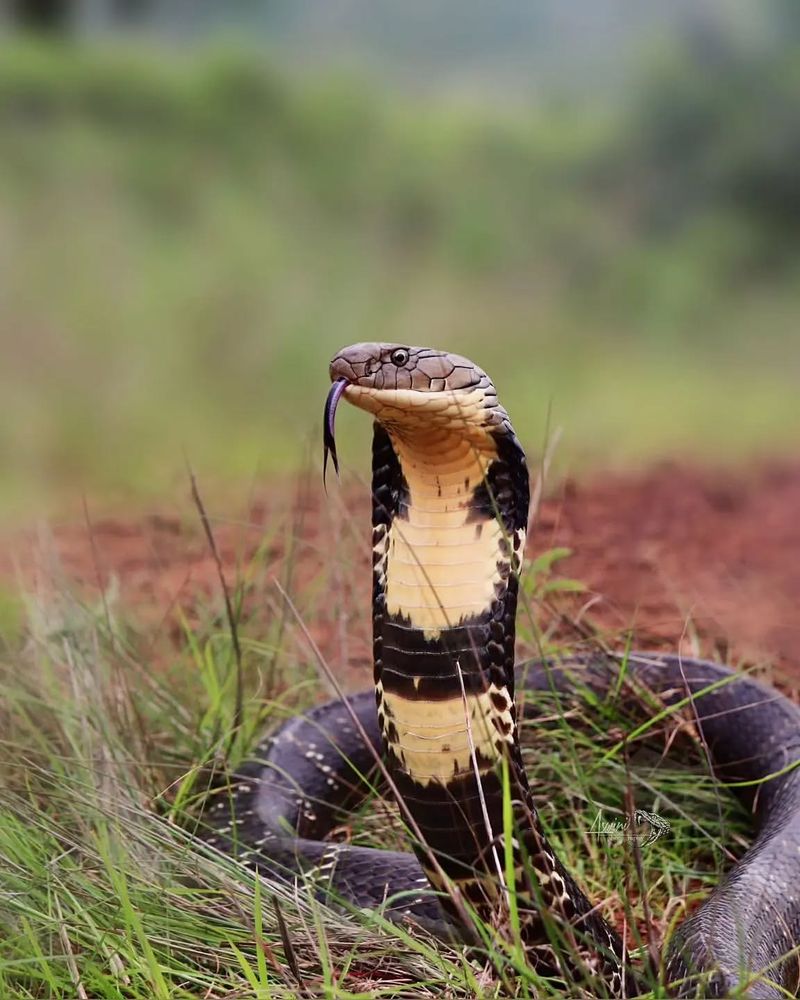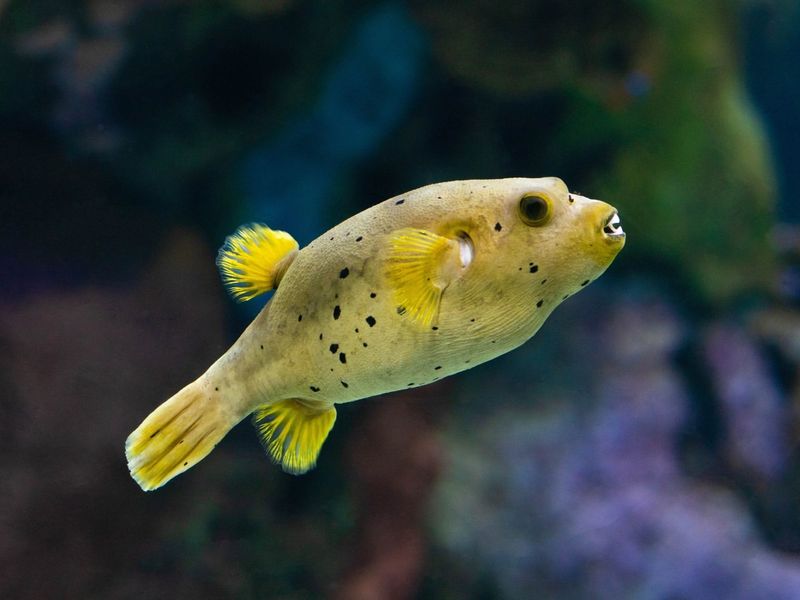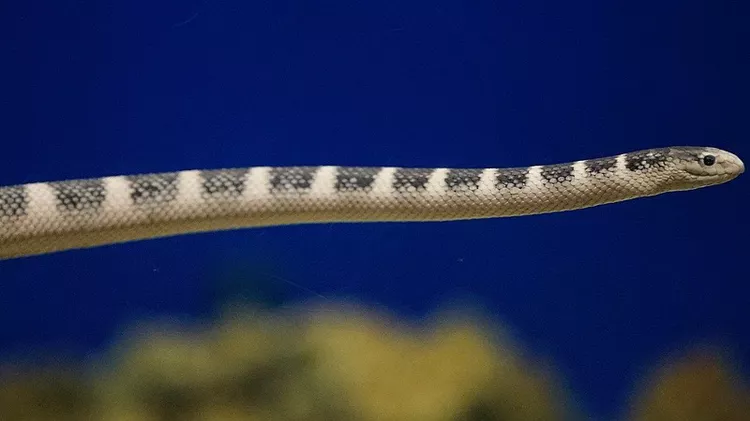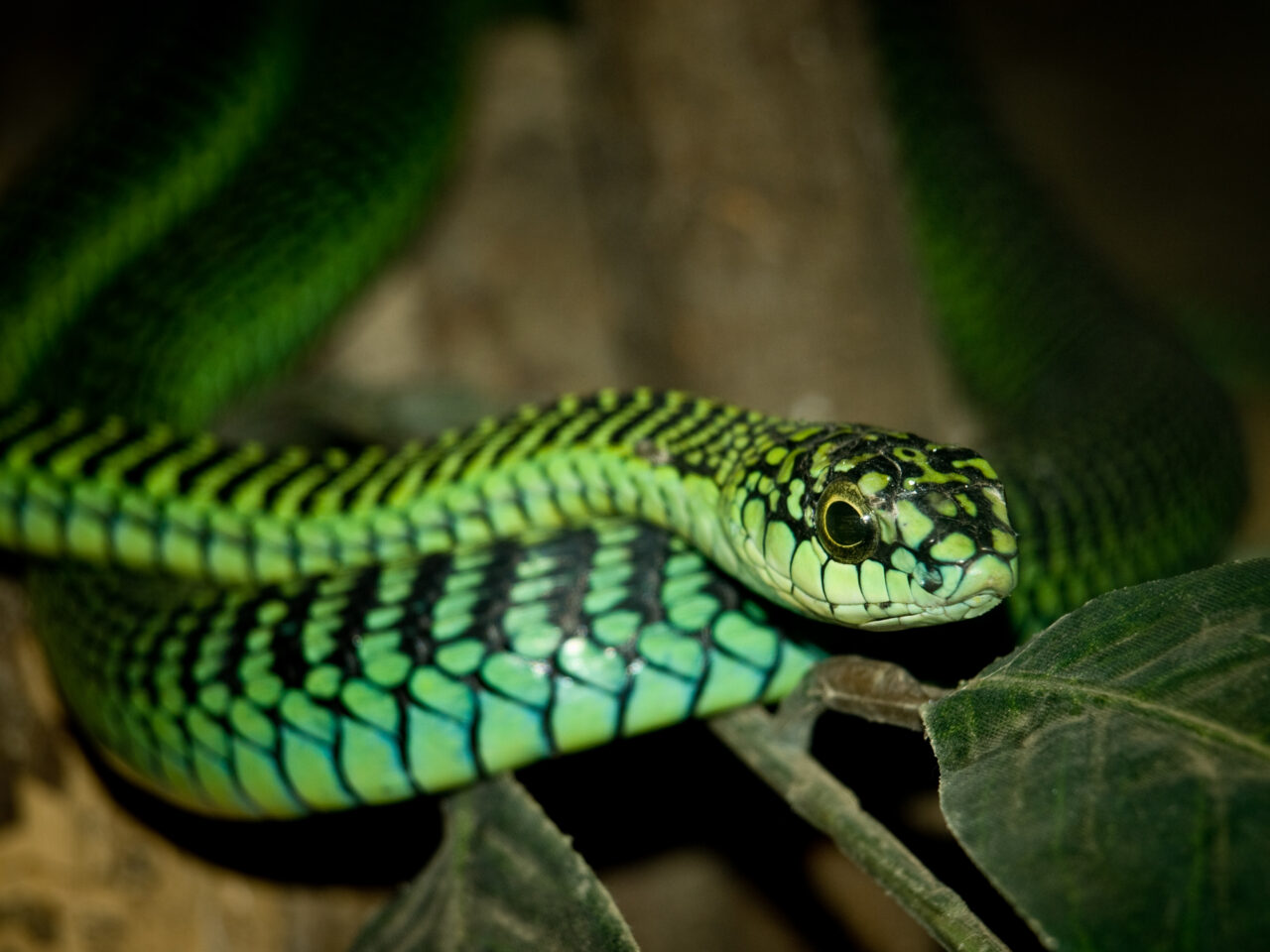📖 Table of Content:
The animal kingdom is home to creatures with venom powerful enough to paralyze or even kill. These venomous species captivate us with their deadly abilities, blending fascination with fear. While remarkable, encountering them in the wild is a risk few would willingly take.
From stealthy snakes to toxic marine life, each animal on this list possesses unique adaptations that make them formidable predators or highly defensive. Their venom serves as a tool for survival, whether to hunt prey or ward off threats. Understanding these creatures highlights the delicate balance between danger and beauty in nature.
This exploration of 12 venomous animals sheds light on their lethal capabilities and the vital roles they play in their ecosystems. By appreciating their power and respecting their space, we can admire these marvels of evolution from a safe distance. Prepare to discover the world’s most dangerous yet fascinating creatures.
1. Box Jellyfish
Drifting through Indo-Pacific waters, the box jellyfish ranks among the ocean’s most venomous inhabitants. Its long tentacles, stretching up to ten feet, deliver toxins that can assault the heart, nervous system, and skin cells with deadly precision.
Upon contact, the venom can cause extreme pain, paralysis, and even cardiac arrest in humans. Interestingly, the box jellyfish’s translucent body makes it difficult to spot in the water.
While fatal encounters are rare due to improved medical treatments, it’s advisable to be cautious in jellyfish-prone waters. Wearing protective clothing and staying informed about local jellyfish warnings can help avoid dangerous stings.
2. Inland Taipan
Known as the “fierce snake,” the inland taipan reigns as the most venomous snake on Earth. Native to Australia, its neurotoxic venom can fatally strike an adult human in under 45 minutes without treatment.
Despite its lethal potential, the inland taipan is shy and reclusive, rarely coming into contact with humans. Its olive-brown skin provides camouflage against the desert landscape.
In the unlikely event of an encounter, it’s best to remain calm and slowly back away. Immediate medical attention is crucial if bitten, as antivenom can effectively counteract the venom’s effects.
3. Blue-Ringed Octopus
The blue-ringed octopus, though small and seemingly innocuous, harbors a potent venom that can be deadly to humans. Found in tide pools and coral reefs across the Pacific and Indian Oceans, it is easily recognized by its vibrant blue rings.
When threatened, the octopus displays these rings as a warning, indicating its readiness to defend itself. The venom causes muscle paralysis and can lead to respiratory failure if not treated promptly.
Despite the danger, these creatures are non-aggressive and only bite when provoked. Observing from a safe distance is advisable to enjoy their beauty without risk.
4. Stonefish
Blending seamlessly with the ocean floor, the stonefish masquerades as a harmless rock while concealing venomous spines. Its stealth and potent sting make it one of the most dangerous marine creatures.
Native to coastal regions of the Indo-Pacific, the stonefish’s venom can cause intense pain, swelling, and tissue damage in humans. Immediate first aid and medical treatment are essential to alleviate symptoms and prevent serious complications.
Divers and beachgoers are advised to wear protective footwear and exercise caution in areas known for stonefish habitats, to avoid accidental stings.
5. Cone Snail
Small but deadly, the cone snail prowls tropical oceans with venom strong enough to kill humans. Beneath its beautiful, deceptive shell lies a harpoon-like tooth ready to unleash a lethal toxin.
The venom can cause paralysis, respiratory failure, and even death, making it crucial to handle these creatures with extreme care.
While fatalities are rare, the best precaution is to admire the cone snail’s intricate patterns from a distance. Avoid picking up live shells, especially in known habitats, to prevent accidental envenomation.
6. Brazilian Wandering Spider
Lurking in South American forests, the Brazilian wandering spider commands attention with its aggressive nature and potent venom. Its large, hairy body and long legs create an imposing figure as it prowls the forest floor.
The venom contains a powerful neurotoxin that can cause severe pain, paralysis, and in rare cases, death. Unlike other spiders, it actively roams in search of prey, increasing the likelihood of human encounters.
To mitigate risk, it’s advisable to shake out clothing and shoes when in spider-prone areas. Quick medical intervention is essential following any bites.
7. Deathstalker Scorpion
The Deathstalker scorpion, native to the desert regions of North Africa and the Middle East, is among the most venomous scorpions. Its venom contains a mix of neurotoxins that can cause intense pain, convulsions, and sometimes death.
This scorpion is identifiable by its small size and distinct yellow color, making it both mesmerizing and menacing. Typically nocturnal, it hunts at night, which reduces human encounters.
If stung, seeking immediate medical treatment is crucial, especially for children and the elderly. Wearing appropriate footwear in desert areas can prevent accidental stings.
8. Funnel-Web Spider
Infamous for its highly toxic bite, the Sydney funnel-web spider lurks in eastern Australia’s moist forests and gardens. Its distinctive funnel-shaped web marks the entrance to a hidden but formidable predator.
Their venom is particularly dangerous to humans, potentially causing death within hours if untreated. The spider’s shiny black body and aggressive nature make it easy to identify.
In case of a bite, applying a pressure bandage and seeking urgent medical care is vital. Antivenom is available and highly effective, reducing the risk of severe outcomes.
9. King Cobra
Revered and feared, the king cobra stands as the longest venomous snake in the world. Its venom, though less potent per drop, is delivered in such volume that it can bring down an elephant.
Native to forests in India and Southeast Asia, the King cobra’s hooded appearance is unmistakable. It primarily feeds on other snakes, displaying intelligence and adaptability.
Despite its fearsome reputation, it avoids humans when possible. In case of a bite, immediate medical attention is necessary. Measures such as snake-proof enclosures help minimize encounters in snake-prone regions.
10. Pufferfish
Famous for its ability to inflate, the pufferfish carries a toxin, tetrodotoxin, that far surpasses cyanide in lethality. Found in tropical oceans, it’s a mix of delicacy and danger.
The toxin affects the nervous system, leading to paralysis and potentially fatal respiratory failure if consumed improperly. Despite the risks, the pufferfish remains a popular dish in Japan, where it’s prepared by licensed chefs.
When encountering pufferfish in the wild, it’s best to appreciate them without handling them. Understanding the risks associated with consuming this delicacy is crucial for adventurous eaters.
11. Dubois’ Sea Snake
Despite its potent venom, this elusive snake is generally shy and avoids human interaction, reducing the likelihood of bites. However, its venom is extremely neurotoxic, capable of causing paralysis, respiratory failure, and even death if left untreated.
The Dubois’ sea snake primarily preys on fish and eels, using its venom to immobilize prey quickly in the water. Recognizable by its brownish or olive coloration, it blends well with sandy ocean floors and coral reefs.
Though rare, envenomation from this snake requires immediate medical attention, as even small amounts of venom can have life-threatening effects.
12. Boomslang
Sleek, stealthy, and deadly, this slender tree-dweller is a master of disguise and danger. The boomslang might look harmless as it glides through branches, but one bite can unleash a slow-acting venom that causes internal bleeding and organ failure.
Native to sub-Saharan Africa, this snake relies on its exceptional camouflage to avoid threats while hunting birds and small mammals. Unlike many venomous snakes, the boomslang’s fangs are located at the back of its mouth, requiring a precise strike to deliver its lethal dose.
Despite its potent venom, the boomslang is generally non-aggressive and bites are rare – but when they do happen, they can be fatal without medical intervention. With its emerald green scales and large, watchful eyes, the boomslang is as mesmerizing as it is menacing.
